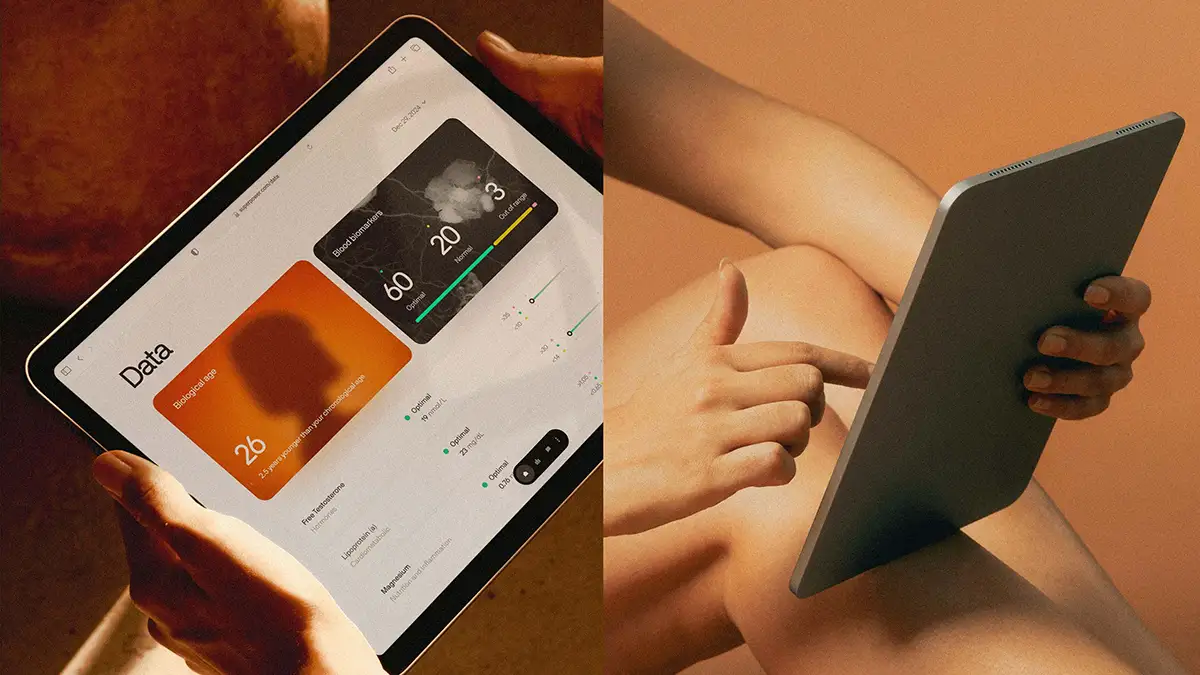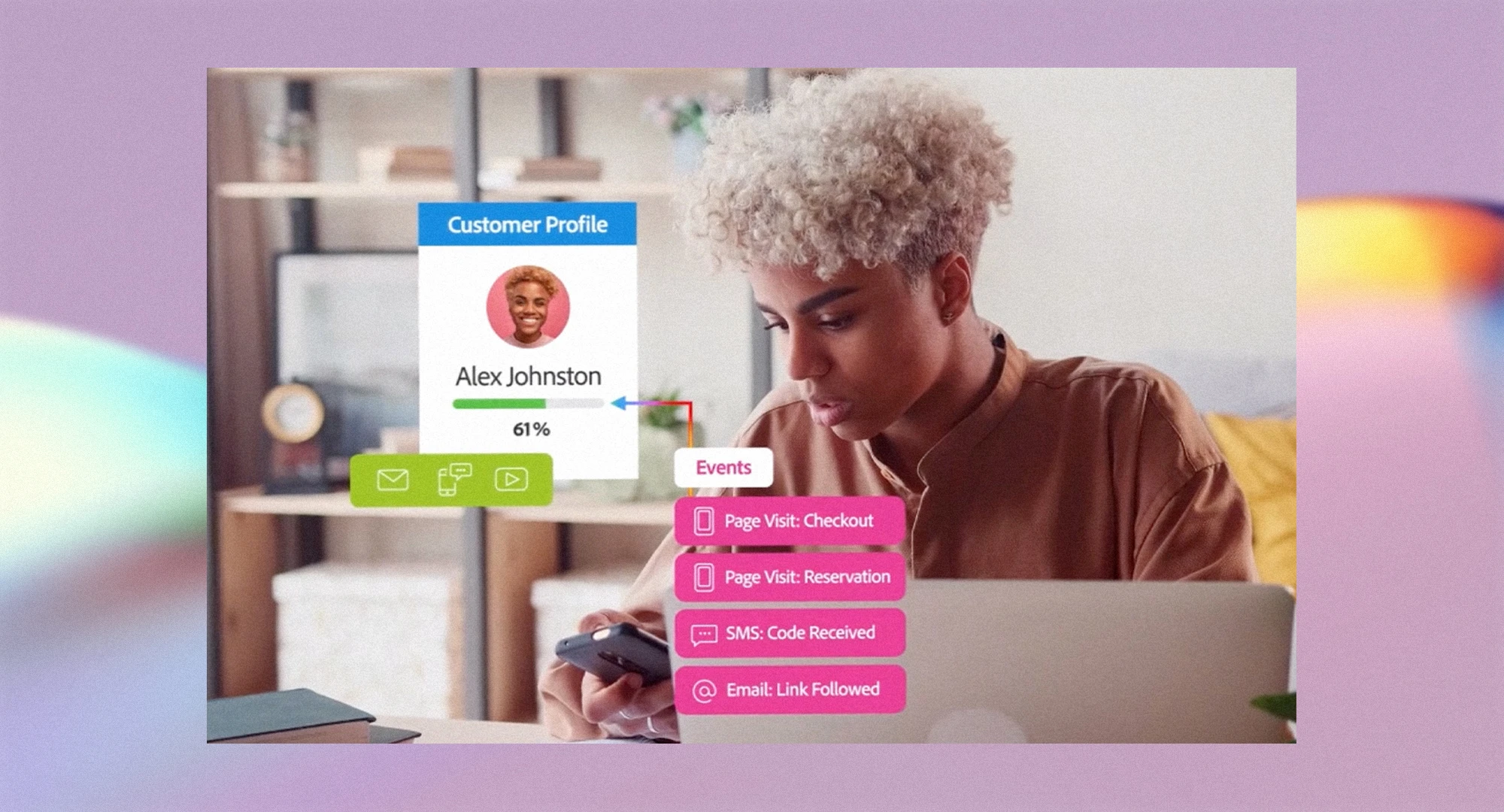
Omnichannel Healthcare Strategy for Enterprise Success
Introduction
Enterprise healthcare is undergoing a seismic shift. Patient expectations are evolving, digital touchpoints are multiplying, and the old models of care delivery no longer meet the moment.
An omnichannel healthcare strategy is no longer optional—it is the key to success for organizations looking to drive engagement, loyalty, and operational efficiency. Forward-thinking enterprises must invest in connected, personalized, and consistent digital experiences across every stage of the patient journey.
In this article, we explore the state of omnichannel in healthcare, the strategic challenges providers face, and the key trends and strategies shaping the future of healthcare omnichannel communications.
Market Context: Disruption & Opportunity
The healthcare sector is in flux. Consumer behaviors are being shaped by retail and tech-driven experiences. Patients now expect seamless digital interactions, real-time updates, and self-service tools, just as they do with banking or e-commerce. However, many healthcare providers still operate in fragmented systems with siloed data and inconsistent messaging.
At the same time, digital health investments are accelerating, creating both an opportunity and an imperative for healthcare organizations to unify channels, eliminate friction, and compete through experience.
Current Landscape Highlights:
- Fragmented systems hinder consistent omnichannel healthcare experiences
- Patients expect real-time communication and digital self-service tools
- Legacy infrastructure limits agility and personalization
- Regulatory pressure continues to grow for patient data transparency
- Digital-native competitors are raising the bar on healthcare engagement
Strategic Challenges
Disconnected Systems and Data Silos
Healthcare organizations struggle to integrate data across EHRs, CRM platforms, and third-party tools. This lack of integration blocks the creation of a unified patient view, resulting in inconsistent messaging and delayed care coordination. It also prevents organizations from delivering personalized omnichannel healthcare communications, frustrating both patients and providers.
Lack of Personalization at Scale
While patients want experiences tailored to their needs, most enterprise systems aren’t built to deliver them. Static email campaigns and one-size-fits-all portals fail to adapt to changing patient contexts or preferences. This results in lower engagement rates, missed care opportunities, and a growing competitive gap compared to digital-native health platforms.
Inconsistent Brand and Care Experiences Across Channels
Patients often experience different tones, visuals, and information depending on the channel—app, email, in-person, or phone. This fragmentation undermines brand trust and leads to confusion. It also makes omnichannel marketing in healthcare ineffective, as patients don’t receive cohesive messaging that builds long-term relationships.
Let’s kickstart the conversation and design stuff people will love.


Emerging Trends Reshaping the Landscape
Enterprise healthcare is responding to these challenges by embracing new technologies and frameworks that enable scalable, intelligent, and seamless omnichannel healthcare strategy.
Trend 1: Unified Patient Experience Platforms
Unified platforms bring together data, content, and orchestration tools to streamline patient engagement across all channels. Why it matters now: Patients expect their digital healthcare experiences to be as seamless as retail or travel. Health systems that fail to meet these expectations risk losing loyalty and market share. Strategic implication for the industry: Providers must adopt systems that centralize communication, integrate with clinical workflows, and allow for consistent omnichannel marketing healthcare experiences.
Trend 2: AI-Powered Personalization Engines
These engines use machine learning to deliver tailored content, timing, and channel based on patient behavior and history. Why it matters now: Patients expect relevant, proactive outreach. Personalization can improve adherence, satisfaction, and outcomes. Strategic implication for the industry: Healthcare brands must embed AI into their omnichannel healthcare strategy to meet patient needs at scale and reduce the cost of patient acquisition and retention.
Trend 3: Real-Time Omnichannel Orchestration
Orchestration enables healthcare providers to deliver coordinated messages across channels in response to patient behavior or clinical events. Why it matters now: Patients are mobile and active across platforms. Timely interventions can improve health outcomes. Strategic implication for the industry: To stay competitive, healthcare systems must implement orchestration engines that power consistent healthcare omnichannel strategy while complying with data regulations.

What Leading Brands Are Doing
Forward-thinking companies are responding by reimagining their operations in three ways:
1. Building centralized patient data hubs:
They integrate medical records, engagement history, and preference data to enable unified omnichannel healthcare engagement.
2. Investing in scalable experience platforms:
These platforms enable dynamic content delivery, multichannel automation, and measurable omnichannel marketing in healthcare.
3. Creating cross-functional digital teams:
These teams include marketing, IT, and care delivery stakeholders working together to align messaging and technology.
Closing Perspective
To win in today’s healthcare market, enterprise brands must put the patient at the center of a seamless, personalized, and intelligent digital journey. A strong omnichannel healthcare strategy is the foundation for driving engagement, improving outcomes, and staying ahead in a competitive landscape.
The future of healthcare will be shaped by organizations that master omnichannel in healthcare—those who act now will define the next generation of care. Are you ready to lead the change?






%20(1).png)




